Thin Crescent Venus, Herschel 400 Project Completed,
Lightning
Posted: 10 August 2023
Late Monday afternoon, 7 August 2023, with possible thunderstorms in the forecasts for the next few days and nights, I put the Dome Cover ON. Beginning late afternoon on Tuesday, 8 August, and continuing into the night, several brief thundershowers came through (rain total 0.21"). Cloudy nights continued until Wednesday, 9 August, when it was surprisingly mostly clear. Mid-day on Wednesday there were some nice lenticular and cumulus clouds.
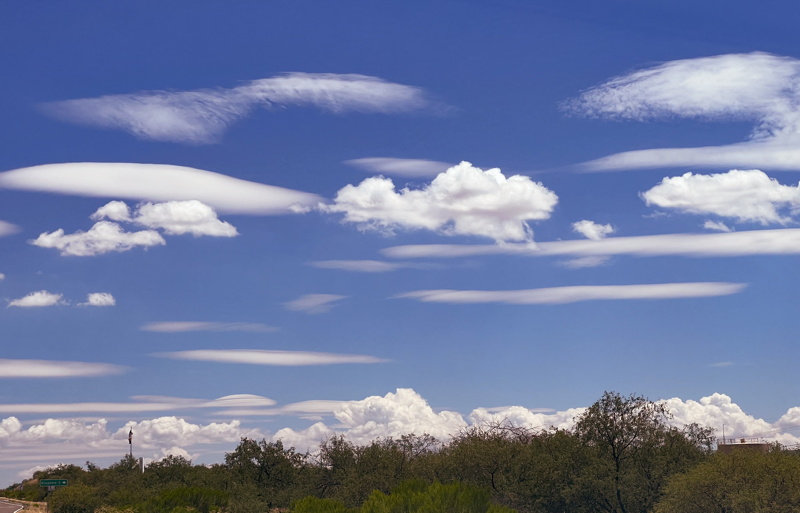
|
Open: Wednesday, 9 August 2023, 1810 MST Temperature: 88°F |
Session: 1916 Conditions: Mostly clear, breezy |
Equipment:
12" f/8 LX600 w/StarLock
2" 24mm UWA eyepiece
2" 9mm 100° eyepiece
Camera:
iPhone 13 Pro Max
D850 DSLR
Dome Cover OFF.
1820 MST: LX600 ON, StarLock OFF, High Precision OFF.
Viewed Venus, 102X. It was low in the western sky and into tree branches. Took this handheld iPhone 13 Pro Max showing how it looked in the 24mm eyepiece, afocal 102X, NightCap Camera (ISO 34, 1/3600sec, 1X lens).
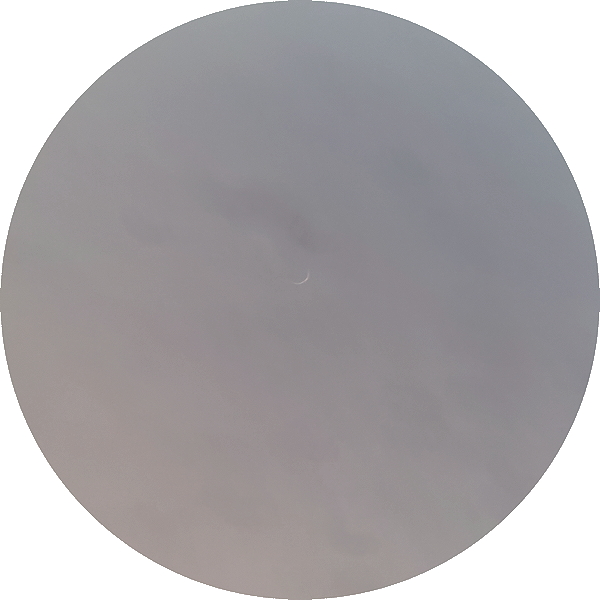
Viewed Venus, 271X. Took this handheld iPhone afocal 271X image of Venus, NightCap Camera (ISO 34, 1/500sec, 1X lens).
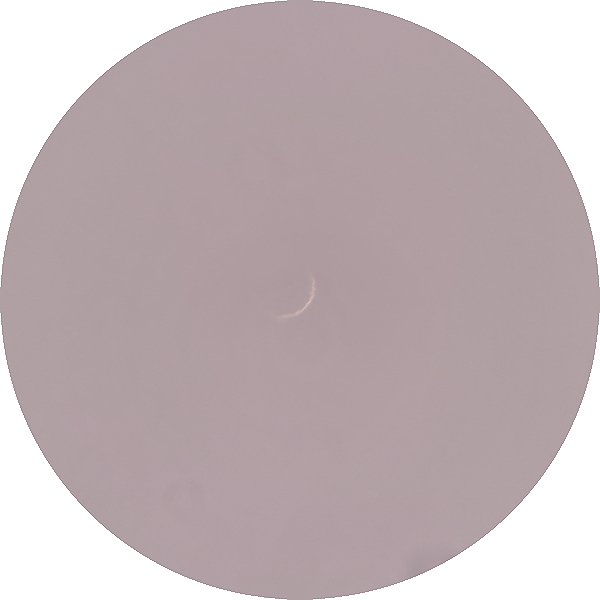
With Venus inferior conjunction occurring on 13 August 2023, this might have been my last opportunity to view the planet.
1844 MST: Relaxed on the observatory patio bench.
1915 MST: Sunset. Calm now.
2007 MST: Back inside the observatory. There were some clouds low in the sky southwest to west.
2009 MST: Dome OFF (onto PZT).
2010 MST: High Precision ON.
Observed the following Herschel 400 objects, 102X: NGC6624 (globular cluster), NGC6629 (planetary nebula), NGC6633 (open cluster), NGC6638 (globular cluster), NGC6642 (globular cluster), NGC6645 (open cluster), NGC6664 (open cluster), and NGC6712 (globular cluster).
The clouds were approaching. It would be a race to see if I could image some Herschel 400 objects before the clouds interferred. Mounted the D850 DSLR at prime focus, focused on the star Antares, SYNCed on Antares, and locked the 12" primary mirror. Slewed to NGC6540 (open cluster).
2036 MST: StarLock ON.
Imaged the following Herschel 400 objects, StarLock autoguided, 1 minute, ISO 3200.
NGC6540 (open cluster)
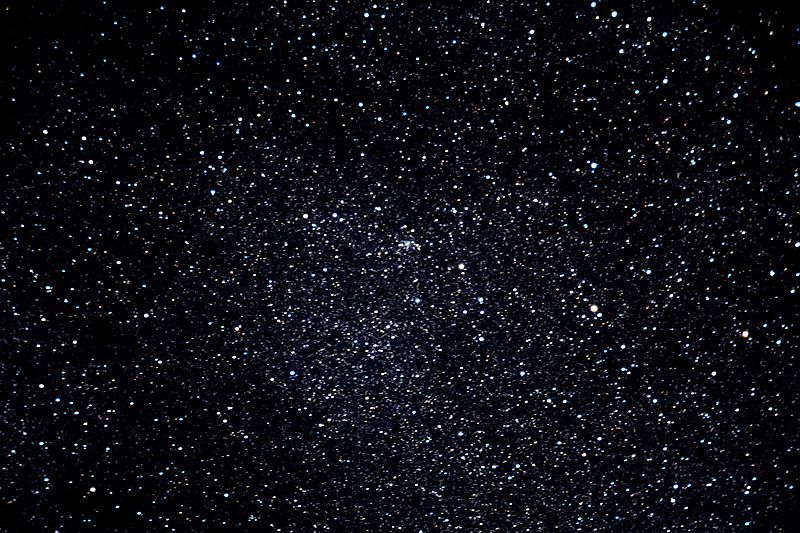
NGC6624 (globular cluster)
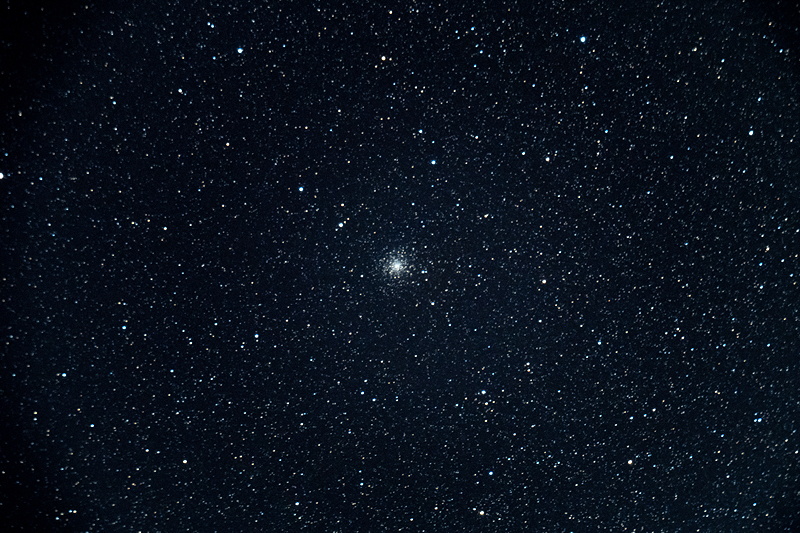
NGC6629 (planetary nebula)
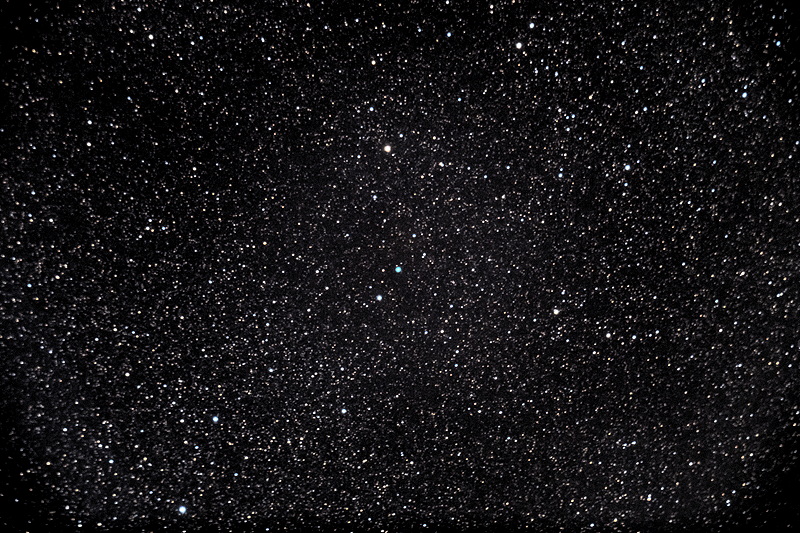
NGC6633 (open cluster)
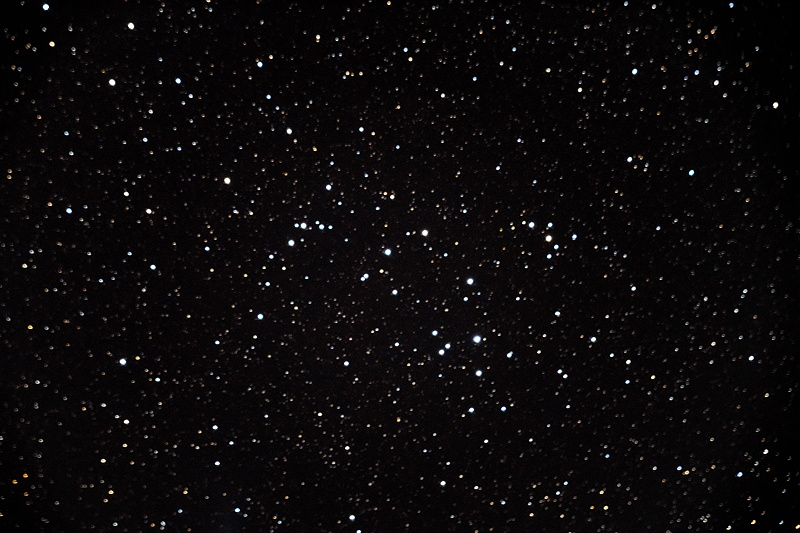
NGC6638 (globular cluster)
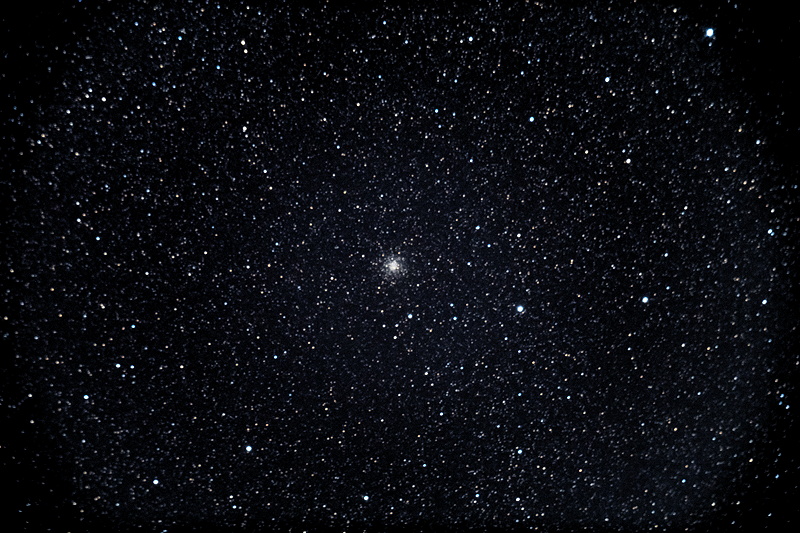
NGC6642 (globular cluster)
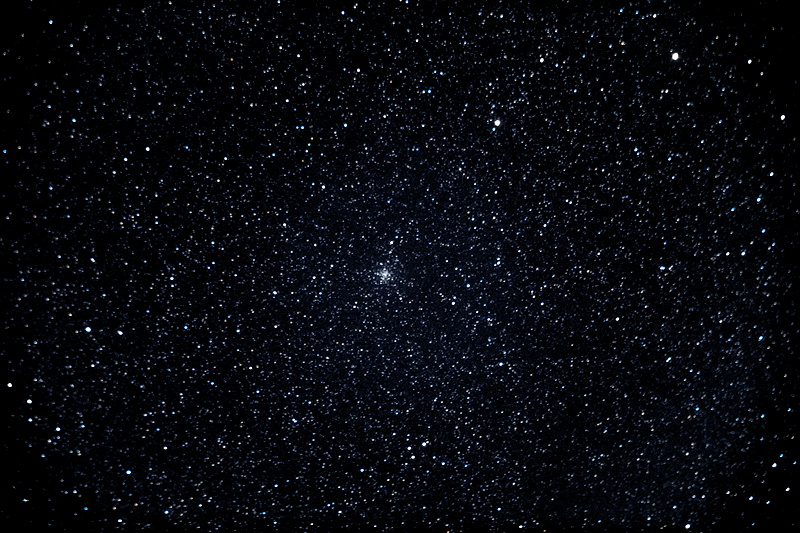
NGC6645 (open cluster)
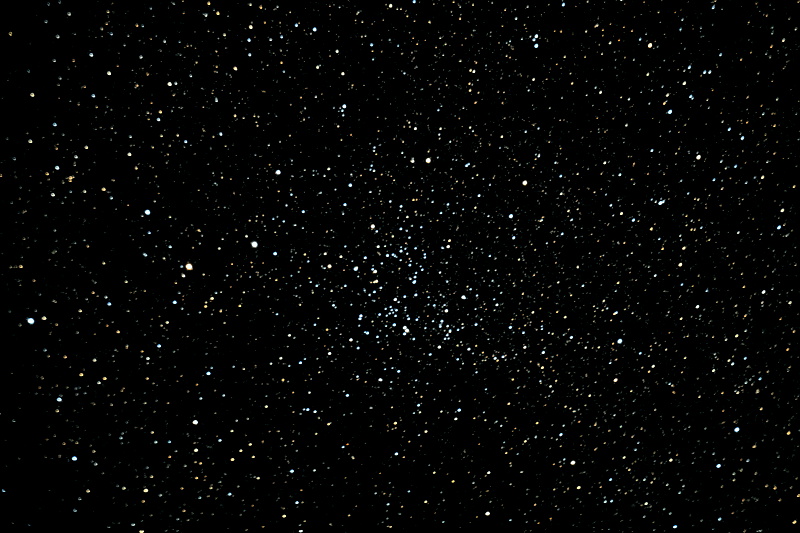
NGC6664 (open cluster)
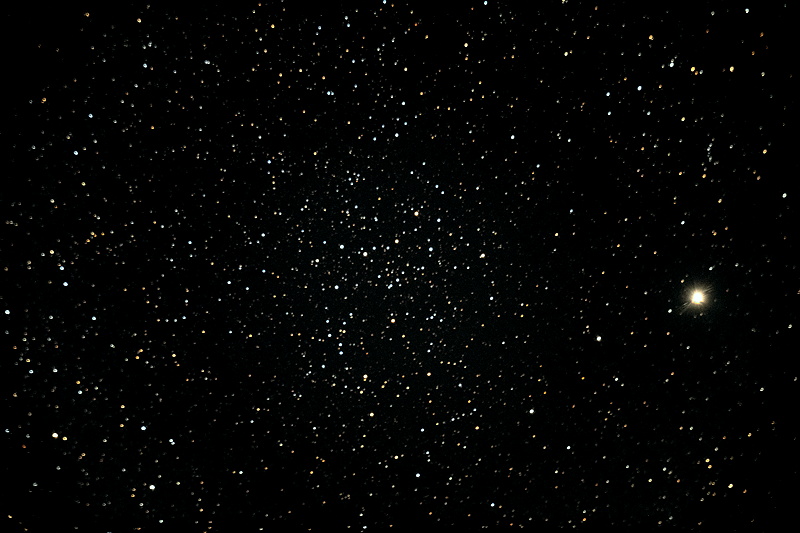
NGC6712 (globular cluster)
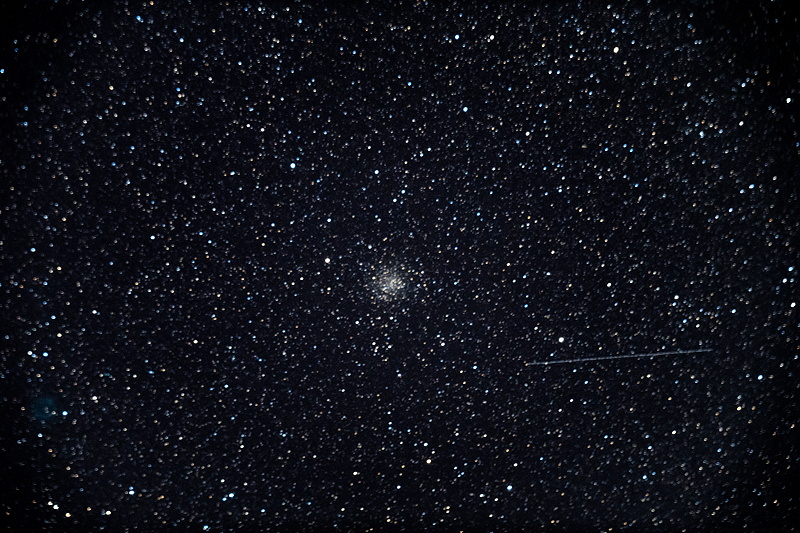
2111 MST: Just before taking the last image I saw some frequent lightning in the western sky.
2116 MST: StarLock OFF.
I have completed my Herschel 400 Project that was began 18 October 2022. Here is the summary:
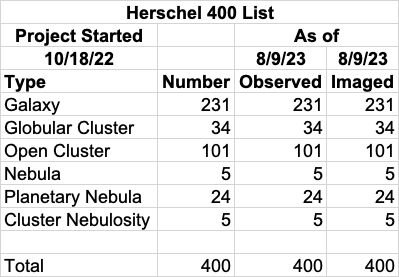

I have posted my completed Herschel 400 Project Log (Excel file). Feel free to use it for your own Herschel 400 Project.
2118 MST: LX600 OFF.
2121 MST: Dome ON.
Due to the nearby lightning I decided to not put the Dome Cover ON. Here is a short iPhone video showing the frequent lightning from the storm to the west.
Click to view video
This RadarScope screen capture shows the storm to the west of the observatory.
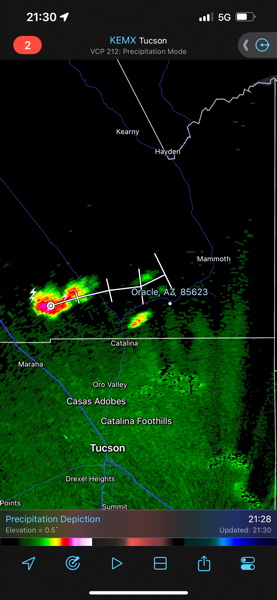
As it turned out, no rain occurred at Cassiopeia Observatory.
|
Close: Wednesday, 9 August 2023, 2134 MST Temperature: 80°F |
Session Length: 3h 24m Conditions: Mostly cloudy |
Comments are welcome using Email. Please read the Email Etiquette guidance.
Cassiopeia Observatory Home Page
Copyright ©2023 Michael L. Weasner / mweasner@mac.com.
URL = http://www.weasner.com/co/Reports/2023/08/10/index.html
